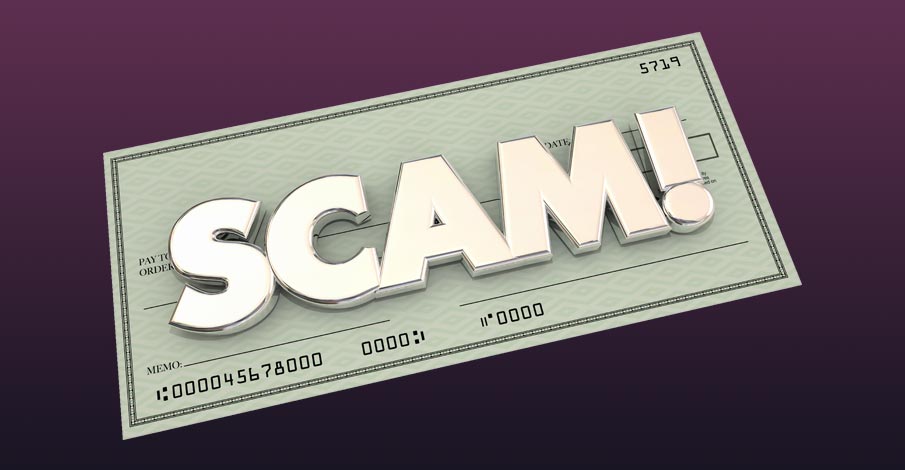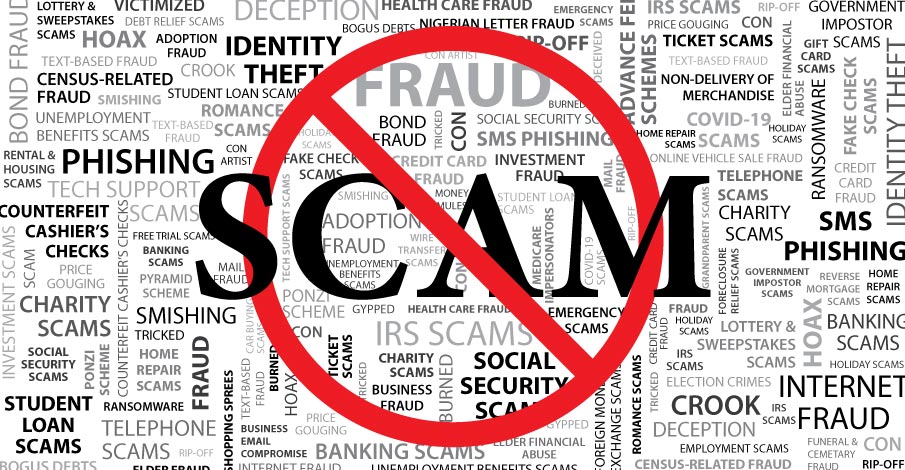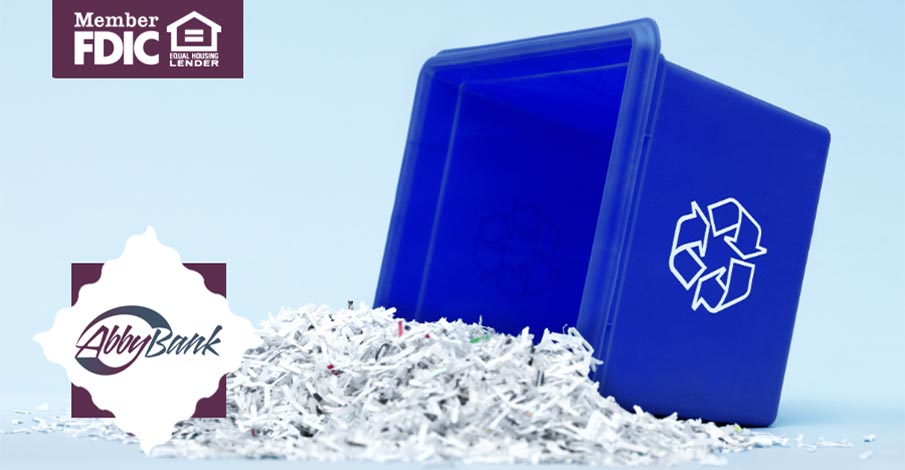In an age where digital transactions are becoming increasingly common, traditional methods of fraud, such as check washing, remain a persistent threat. Simple steps can be taken to understand and prevent losses for businesses and consumers alike.
Check washing is a form of fraud that involves altering the details on a legitimate check to redirect funds to a fraudulent account. The process typically involves using chemicals to remove ink from the check, allowing the fraudster to rewrite the check with new information, such as a different payee or amount.
“Fraudsters usually obtain checks through theft, such as stealing mail from mailboxes or intercepting checks sent through the postal system,” commented Natalyn Jannene, Assistant Vice President of Marketing at AbbyBank. “Once they have a check in their possession, they use common household chemicals to remove the ink, allowing them to rewrite the check with their own information. This altered check is then cashed or deposited, resulting in financial losses for the original check writer.”
Prevention Tips for Businesses and Consumers
- Use Security Pens: Purchase pens with specially formulated ink that is resistant to washing. These pens are designed to make it difficult for fraudsters to alter the check.
- Choose Electronic Payments: Whenever possible, use electronic payment methods, which are more secure and less susceptible to fraud than traditional checks.
- Monitor Bank Accounts Regularly: Regularly review your bank statements and transaction history to quickly identify any unauthorized activity. Report any discrepancies to your bank right away.
- Send large checks through certified mail or signature delivery for added protection.
- Use Secure Mailboxes: For outgoing mail, use secure mailboxes or drop your mail directly at the post office. Avoid leaving checks in unsecured mailboxes where they can be easily stolen.
- Shred Old Checks: Properly dispose of old checks and bank statements by shredding them. This prevents fraudsters from obtaining information that can be used to create counterfeit checks.
Businesses, especially those that issue large numbers of checks should be very diligent and explore additional options for protecting themselves.
- Consider Positive Pay Services: Businesses can use positive pay services offered by banks. This service matches the checks presented for payment against a list of checks issued by the business, flagging any discrepancies for review.
- Limit Check Writing: Limit the use of checks for payments, especially for large amounts. Encourage clients and vendors to use secure electronic payment methods.
- Use Check Fraud Prevention Features: Utilize checks with built-in security features such as watermarks, microprinting, and chemical sensitivity. These features make it more difficult for fraudsters to alter checks.
“Check washing is a serious crime that can lead to significant financial losses for businesses and consumers alike,” stated Andy Henning, Assistant Vice President of Compliance at Northwestern Bank. “By understanding how check washing occurs and taking proactive measures to prevent it, you can protect yourself and your business from becoming a victim of this type of fraud. Stay vigilant, adopt secure practices, and educate those around you to minimize the risk of check washing and other forms of financial fraud.”
For more information on preventing check fraud, consult with your bank or financial advisor, and always stay informed about the latest security measures and best practices.





